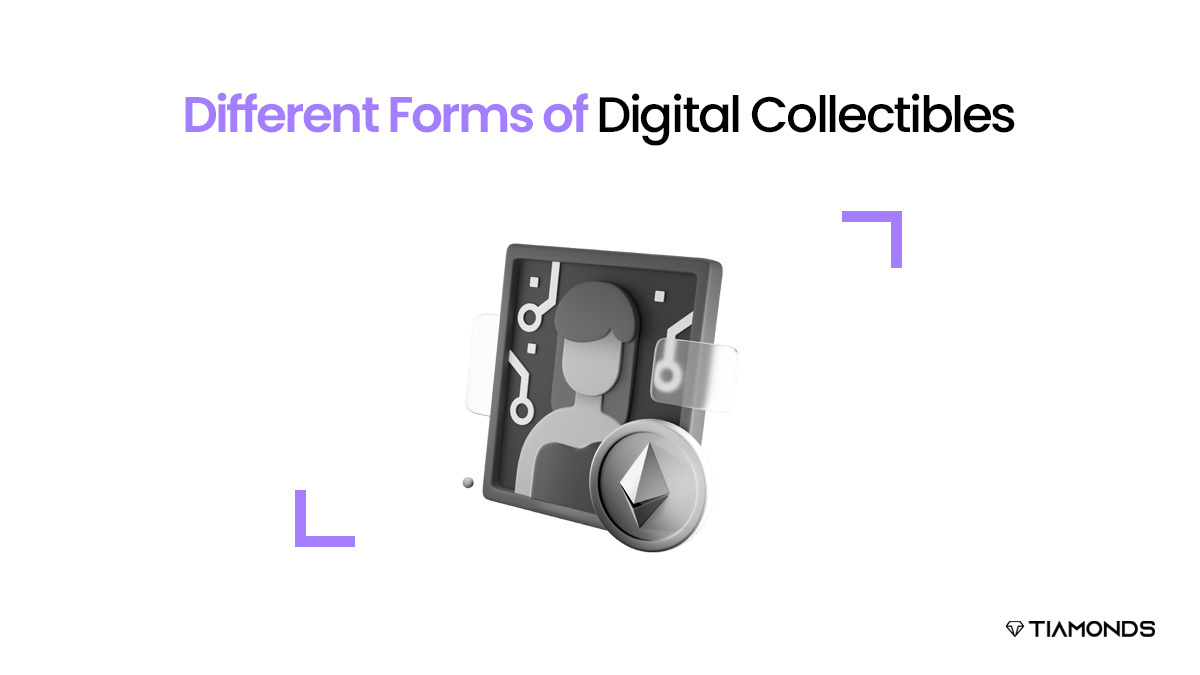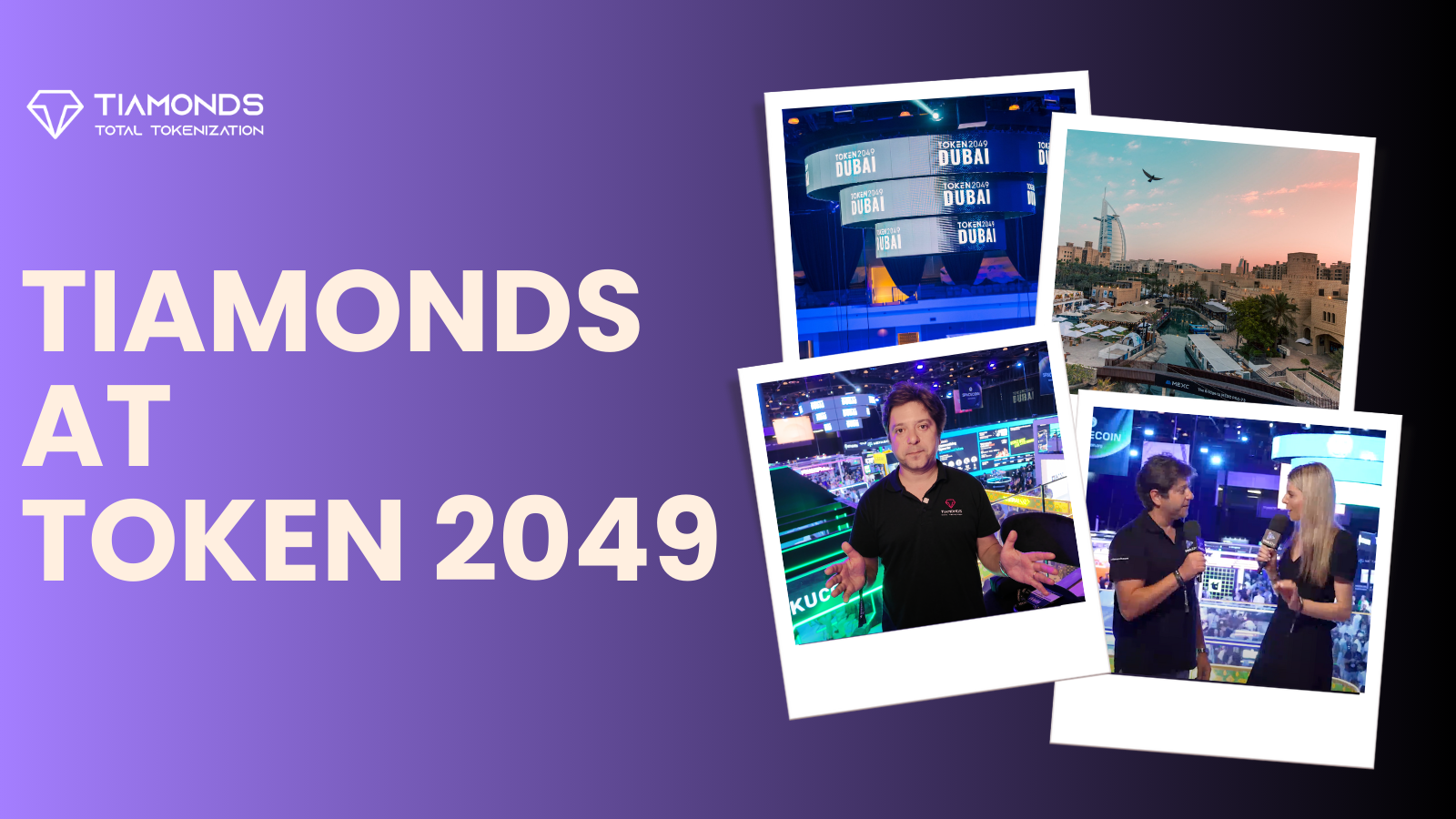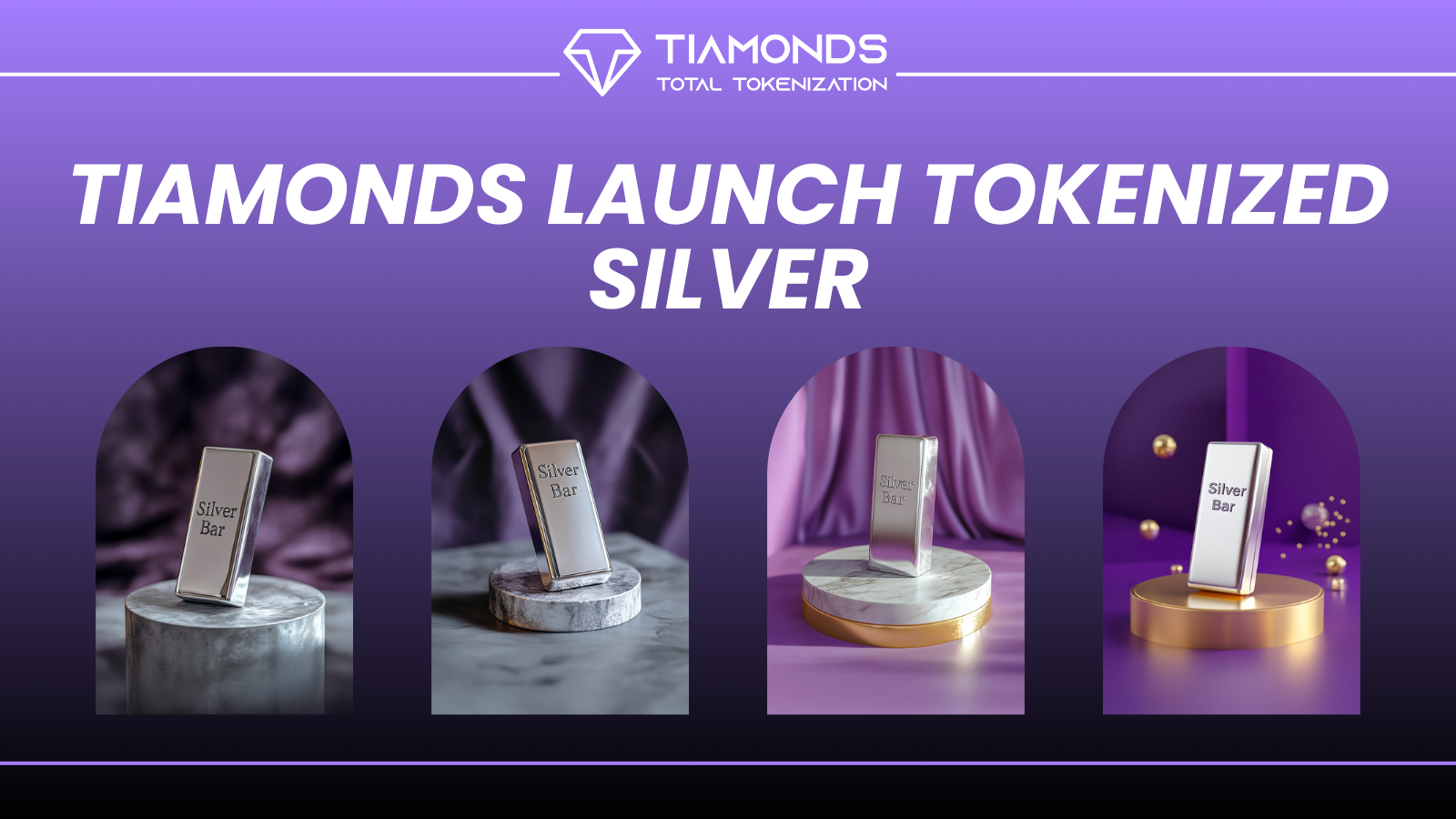Collecting continues to be a widespread passion among individuals of all ages. From books to miniatures to currencies and now digital assets such as art, music, land, and even precious diamonds, collecting is becoming increasingly widespread. The year 2023 is shaping up to be phenomenal for digital collectibles and NFTs. NFTs have gained traction due to their secure and decentralized method of managing virtual items as blockchain technology continues to gain prominence. In the coming months, NFTs will revolutionize how we conduct business.
Understanding this year’s most prominent NFT trends is crucial for remaining current in the world of digital asset investing. Here are a few of the most important ones to watch:
Table of Contents:
ToggleImproved Collectibility
NFTs have become more readily available and prevalent, and developers are stretching the limits of collectibles. Expect improvements such as graded collections and the possibility of owning a portion of a collectible this year.
Expanding Gaming Industry
As e-sports and cryptocurrency-based gaming increase in popularity, developers are turning to NFTs as a simple and secure means of fueling this industry. It includes the use of non-fungible tokens for items in the game to establish digital markets and interactive layers.
Increased Security
As NFT adoption becomes more pervasive, providers of visual arts are turning to blockchain technology to monetize their works. This will provide a way for artistic creations to evolve far more easily in the world of virtual reality, generating an improved environment for the creator and their followers.
Enhanced Real-World Uses
A broader array of real-world applications is applying the underlying technology of NFTs as they become more widely accepted. This could contribute to the use of NFTs in commonplace transactions such as retailing and dining, thereby making them mainstream.
Improved Security
NFTs safeguard data in a decentralized manner, enabling their use on any platform and facilitating easy tracking. This year, developers are considering the introduction of new security mechanisms to make NFTs more trustworthy.
Different Forms of Digital Collectibles
Blockchain technology has enabled NFT collectibles to gain a substantial market share. NFT collectibles are categorized in numerous ways. Each class of virtual collectibles has numerous advantages. Below, we discuss the most common categories of collectibles in detail.
Video Games
In this category of collectibles, users earn, purchase, or build new NFT elements. The market for collectibles is attracting significant attention from gamers. Developers are selling massive amounts of in-game items on online gaming platforms. Game developers sell virtual collectibles such as individuals, skins, and equipment. In addition, the development of virtual gaming collectibles has contributed to the expansion of in-game item monetization. Furthermore, businesses are increasing their revenue by selling limited editions to consumers.
Artworks
This category of cryptocollectibles is the most prevalent on the market. It is not uncommon for artworks to sell for thousands of dollars; almost all of the NFT collectibles in distribution are artworks. It is because artists have quickly claimed the rising potential to capitalize on their creative talents digitally. The NFT artworks are a singular combination of creativity and technology. The most valuable NFT collectibles also include paintings, GIFs, and brief video clips.
Sports
This category of crypto collectibles enables sports fans to purchase, sell, and trade licensed video “moments.” Sports enthusiasts use the platform to document iconic sports experiences in the form of brief video clips. Important events, from vital scenarios to record-breaking recordings, are common offerings on the platform. Currently, collectors can purchase these historical sports recordings as NFT collectibles at exorbitant prices.
Memes
Nobody could have ever anticipated that memes possess monetary value. Memes have acquired the reputation of being a noteworthy and practical NFT variant on the market for digital collectibles. People are converting memes into NFT collectibles regardless of their social media popularity. The rising popularity of memes among innovators and inventors is fostering the development of a futuristic ecosystem.
Music
Using the imaginary collectible categories, creators can sell albums and unreleased music. The concept of selling music for NFT collectibles results in the creation of a new type of virtual collectible. The transformation of music files to NFTs grants the true proprietor the right to assert ownership. This expanding variety of digital collectibles has provided musicians with new opportunities. The tokenization of music has provided numerous benefits to musicians. From enabling musicians to keep all of their earnings without paying commissions to any record label or streaming service to having an immediate impact by providing listeners with a premium listening experience.
Ticketing
A few years ago, the use of NFTs as tickets was unimaginable. Popular gatherings, such as festivals and concerts, can utilize the platform to issue limited NFT tickets. NFT ticketing is a more secure instrument because it reduces the likelihood of black-ticketing. Audience members can purchase tickets through auction listings that facilitate the validation of tickets and identities. Additionally, individuals can readily preserve e-tickets on their gadgets.
NFT Fashion
In recent years, the most notable accomplishment has been the increase in sales of fashion items such as NFT collectibles. In the year 2019, Nike acquired a patent that grants the actual proprietor of an NFT design the right to manufacture it. Increasing numbers of individuals are purchasing fashion items from the NFT market in order to design their online avatars.
The Importance of Digital Collectibles
Digital art’s accessibility and democratization are two of its primary advantages. They are more accessible to a broader spectrum of artists and audiences than traditional art forms, which require expensive supplies, studio space, and specialized training. Digital artwork’s capacity to challenge traditional conceptions of art and the art marketplace is another essential aspect. Digital art’s ability to be reproduced and distributed online, without the need for physical galleries or exhibition spaces, enables artists to reach a global audience.
However, the worth of digital art remains a subject of debate. Some claim that digital art lacks the authenticity and physicality of traditional forms of art, while others view it as the natural advancement of art in the digital age.
The Future of Digital Collectibles
As of now, people are likely familiar with NFT collectibles and their operation. It would not be incorrect to assert that virtual artifacts are here to stay for the generation that prefers the convenience of digitalization to everything else. The NFT market continues to grow to include an increasing number of utility cases. Collectors have paid hundreds of thousands of dollars for these NFT collectibles. NFTs have notable applicability across a variety of industries.
The rise of NFTs and digital collectibles is altering the world of art. From the adaptability and democratization of the art world to their potential for actual value, NFTs offer creators, collectors, and investors exciting new opportunities. However, as technology continues to advance, there are obstacles that creators, collectors, and investors must overcome. The future of collectibles, however, is digital, and it is a thrilling time to be an integral component of this transformation.




